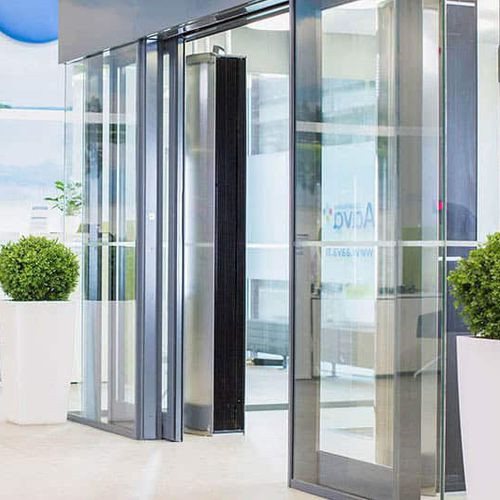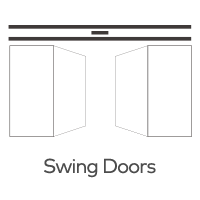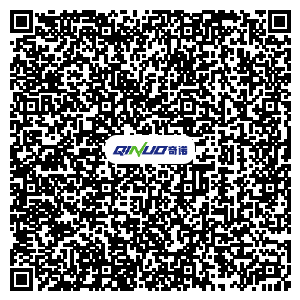Can an automatic sliding door controller be customized to accommodate various door sizes and weights?
Automatic sliding doors have become synonymous with convenience and accessibility in modern buildings. One of the key factors that contribute to their adaptability is the ability to customize their operation to suit various door sizes and weights. This article explores how automatic sliding door controllers can be tailored to accommodate different door dimensions and weights, highlighting the significance of this customization in ensuring optimal performance and user experience.

1. Understanding Door Weight and Size
Weight Considerations: Automatic sliding door controllers are designed to manage doors of varying weights, from lightweight glass panels to heavier wooden or metal doors. This customization ensures that the door can open and close smoothly without strain on the system.
Size Variability: Different buildings have distinct architectural designs, resulting in varying door sizes. Automatic sliding door controllers can be adjusted to accommodate doors of different widths and heights, allowing for seamless integration into diverse building structures.
2. Adjustable Speed and Force
Dynamic Speed Control: Controllers can be customized to adjust the opening and closing speed of the door. For larger, heavier doors, slower speeds might be preferable to ensure smooth and safe operation.
Force Settings: The force exerted by the door as it opens or closes can also be customized. This is crucial for ensuring that the door can move freely without causing discomfort to users or damage to the door itself.
3. Adaptable Sensor Range
Obstacle Detection Range: Sensors play a pivotal role in the safety of automatic sliding doors. Customizable controllers allow for adjusting the sensor range to ensure that obstructions are detected early, preventing accidents.
4. Balancing Energy Efficiency and Performance
Energy Conservation: Customizable controllers can balance energy efficiency with performance by adjusting parameters such as door opening time and standby modes. This is particularly important in environments where temperature control is essential.
5. Programming and Software Flexibility
User-Friendly Programming: Many automatic sliding door controllers offer user-friendly interfaces for programming. This makes it easier for technicians to input the specific door dimensions and weights to optimize the controller's performance.
6. Professional Consultation and Installation
Technical Expertise: Customizing automatic sliding door controllers requires technical expertise to ensure accurate adjustments that don't compromise safety or functionality.
Manufacturer Guidelines: It's crucial to follow manufacturer guidelines when customizing controllers to ensure that the adjustments are within the safe operational limits of the system.
Conclusion
The ability to customize automatic sliding door controllers to accommodate various door sizes and weights underscores their adaptability in diverse architectural settings. By adjusting speed, force, sensor range, and other parameters, these controllers ensure optimal performance, safety, and energy efficiency. This customization reflects the commitment to meeting the unique requirements of each building while enhancing the overall user experience and convenience offered by automatic sliding doors.







